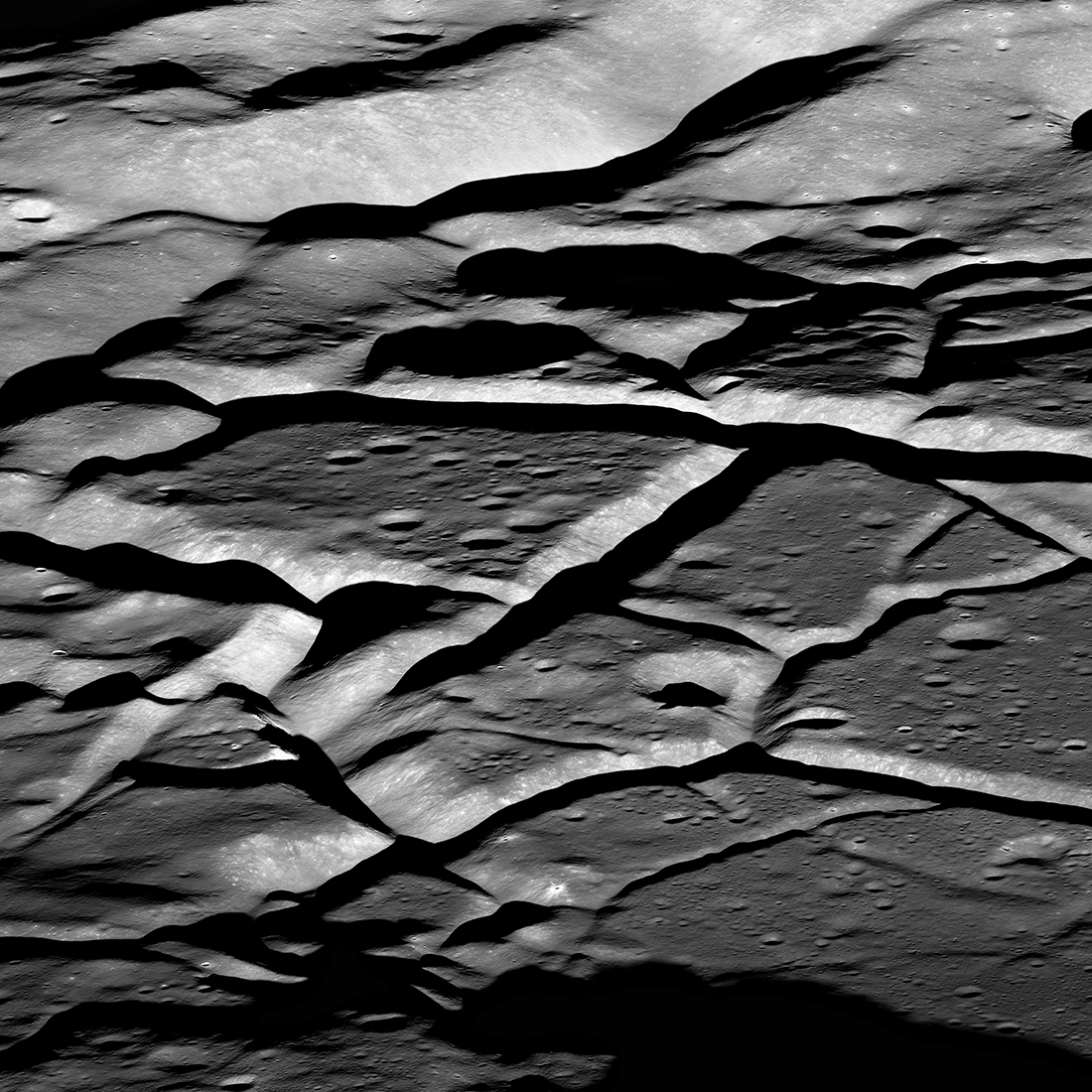What’s shaking on the moon

Wheaton professor’s research illuminates active geology on the moon
A Wheaton College professor participated in a research team that has discovered new evidence in nearly 50-year-old data indicating that the moon’s surface remains geologically active.
Professor of Geology Geoffrey Collins and his colleagues analyzed seismographic data collected by the Apollo missions and found evidence of a shrinking moon and currently active lunar faults, according to a study published today (Monday, May 13) in the journal Nature Geoscience. The finding suggests that, like the Earth, the moon is tectonically active.
“The moon is our closest neighbor,” Professor Collins said. “It’s one of the places in the universe that we thought we understood the best, and part of what we thought we understood about the surface of the moon was that nothing has been happening there for a long time. That appears not to be true.”
The data that helped to revise scientists’ long-held view of the moon as geologically stable began with the 1969 moon landing of astronauts Neil Armstrong and Buzz Aldrin.
“It’s a great testament to the continued benefits of the Apollo program that seismic data collected over 40 years ago is helping to confirm that the moon is likely tectonically active today,” said Thomas R. Watters, the lead author of the study and a Smithsonian senior scientist. “The connection between the location and timing of shallow moonquakes and known young faults is further evidence that our moon is a dynamic world.”
The Apollo 11, 12, 14, 15 and 16 astronauts placed seismometers—instruments that measure the shaking produced by quakes—at their landing sites. Four of the seismometers operated from 1969 to 1977 and recorded 28 shallow moonquakes. At the time, scientists were unable to accurately identify the origin and location of the seismic shocks that the instruments captured. The exponential growth in computing power since then has given scientists new tools to identify where the shocks occurred, Collins said.
“We have much better algorithms now than they did in the 1970s for determining where a quake occurs, even if you only have a few stations recording it,” he said. “Advances in computing have made it possible to locate much more precisely where these shallow moonquakes were happening.”
Collins connected with Watters through a former student, Emily Martin ‘06, a colleague of the lead author and a post-doctoral fellow at the Center for Earth and Planetary Studies in the Smithsonian’s National Air and Space Museum. Other members of the research team on this project included scientists from the University of Maryland at College Park, the University of British Columbia and NASA Marshall Space Flight Center.
The inspiration to re-examine the Apollo mission data came, in part, from the highly detailed images taken in in the past decade by NASA’s Lunar Reconnaissance Orbiter (LRO) spacecraft, which showed thousands of cliff-like fault scarps on the moon’s surface. The research team found that eight of the 28 recorded quakes took place within 30 kilometers of the faults revealed in the images.
Collins added another piece to the puzzle by applying his research on how tides on the moons of giant planets, such as Jupiter, cause the buildup of tectonic stresses. His computer models showed a strong correlation between the time and location of the moonquakes and the peak tidal influence of the Earth’s gravity on that particular region of the moon. That force, combined with the shrinking of the moon caused by its cooling, appears to drive the tectonic activity that builds new fault scarps on the moon.
“This is just a much slower process on our moon than we observe on the moons of the outer planets because those planets are huge and the tidal forces they generate are huge,” Collins said. “Comparatively, the Earth doesn’t have nearly as much tidal influence on our moon. So, it happens slowly, but over time it does build up to a large amount of stress on the moon.”
“We see these relatively recent faults on the moon that are cracking the surface apart and we think the Apollo missions actually detected it happening. They just didn’t realize it at the time,” Collins said. “It’s cool to solve a mystery like that almost 50 years later.”
The team’s findings suggests new lines of inquiry for the next mission to the moon.
